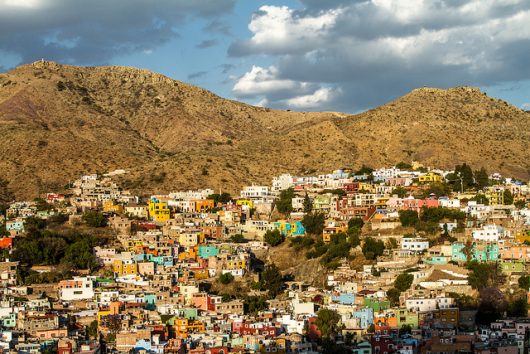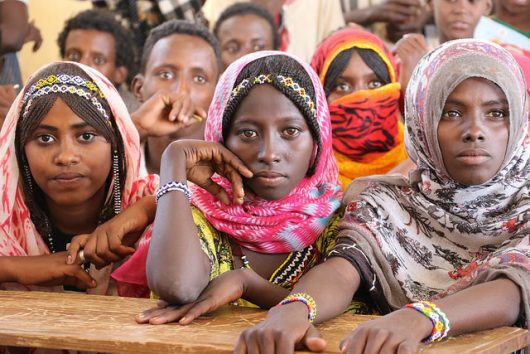 Before 1980, The U.S. contributed $3 billion in aid to revive the post war economy of South Korea – and it worked. The country soon became an example of growth, joining other powerful democracies in the Organization for Economic Cooperation and Development (OECD) in 1996. The number of impoverished people in South Korea then began to drop and now is lower than in the U.S. Despite decrease, income inequality is rising and the solution may have as much to do with culture as with commerce.
Before 1980, The U.S. contributed $3 billion in aid to revive the post war economy of South Korea – and it worked. The country soon became an example of growth, joining other powerful democracies in the Organization for Economic Cooperation and Development (OECD) in 1996. The number of impoverished people in South Korea then began to drop and now is lower than in the U.S. Despite decrease, income inequality is rising and the solution may have as much to do with culture as with commerce.
South Koreans’ life expectancies are among the highest in the world; they live 82.4 years on average, by The World Factbook’s 2016 estimate. But while people live nearly twice as long as they would have in the 1950s, the birth rate is four times lower. The elderly population in South Korea is projected to be 10.7 million by 2026 – about 20.5 percent of the population – and right now half of them are living in poverty.
OECD data estimates that South Korea’s working class population (ages 25 to 49) peaked in 2009, and just this year the Korean government made the decision to raise the retirement age from 55 to 60. The young are competing for jobs with the people their culture once expected them to care for and the already weak Confucian sentiment of past generations may entirely disappear as they do.
While family support for the elderly is not as it once was, a number of programs dedicate themselves to providing universal needs to South Korea’s poor. Habitat for Humanity builds residential complexes that emphasize communal cooperation, encouraging a culture of care while tackling the issue that Seoul is home to half of the population and has a cost of living comparable to that of Los Angeles.
Habitat for Humanity has helped more than 3,300 families and individuals in South Korea and are one of the few organizations that tailor their efforts particularly to the elderly. Once they are housed, the biggest obstacles remaining are healthcare and food.
Churches and other local groups frequently distribute food or money to the elderly and other impoverished people in South Korea. A group of nine entrepreneurs recently created the Korea Legacy Committee and have raised $20,000 for the Seoul Senior Welfare Center’s meal programs. These local, independent efforts often make a more direct impact than Korea’s National Pension Service (NPS), described by Bloomberg Business as “passive,” despite being the third largest in the world.
Legal conflicts have put the NPS’s economic and political ties under scrutiny recently. With its legitimacy in question, public trust that was already low is now almost entirely lost. The best hope is that local organizations’ aid and advocacy in the government will stop South Korea’s oldest generation from being lost as well.
– Brooke Clayton
Photo: Flickr









